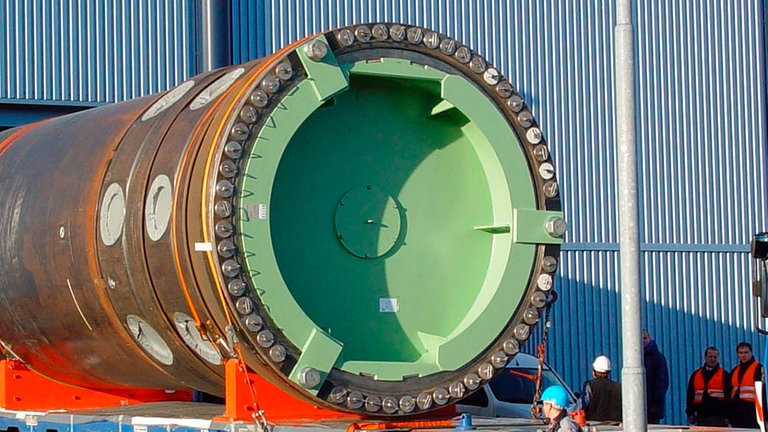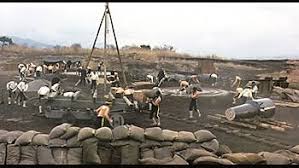The Chernobyl Disaster: A Historical Overview and Its Ongoing Impact

Introduction
The Chernobyl disaster, which occurred on April 26, 1986, remains one of the most significant events in nuclear history. It not only had profound implications for nuclear energy policies worldwide but also brought about a greater awareness of the need for safety regulations in the industry. The event’s relevance continues today as the region still grapples with the aftermath and the lessons learned are applied in current nuclear practices.
Key Events of the Chernobyl Disaster
The Chernobyl nuclear power plant, located in present-day Ukraine, faced a catastrophic failure during a late-night safety test involving reactor number four. A combination of reactor design flaws and operator errors led to a massive explosion, releasing a substantial amount of radioactive materials into the atmosphere. Following the explosion, safety protocols were poorly communicated, and evacuation of nearby Pripyat was delayed for several hours, putting thousands at risk. The aftermath required the evacuation of over 100,000 people and led to the establishment of a 30-kilometre exclusion zone.
International Response and Long-term Consequences
The international community reacted with alarm, leading to widespread changes in nuclear safety standards. The Chernobyl Forum, composed of multiple UN and nuclear association bodies, later noted that although the disaster had dire health impacts, the long-term radioactive exposure has been less severe than initially predicted. Nonetheless, there were significant increases in thyroid cancer cases among children exposed to the fallout.
Current Status of Chernobyl and Its Region
In recent years, Chernobyl has taken on a new role as a site of historical significance and education. The region has also garnered attention for its unintended revival of wildlife, often referred to as the “Chernobyl Exclusion Zone.” The Pripyat town has become a haunting yet intriguing example of nature reclaiming spaces once dominated by human activity. Tours to the area are now offered, allowing visitors to learn about the disaster’s impact while witnessing the ghost town.
Conclusion and Future Implications
As of today, the Chernobyl disaster serves as a sobering reminder of the dangers of nuclear energy, the importance of strict safety measures, and the need for transparent communication in crisis situations. The ongoing monitoring and containment efforts in the region signify the long-lasting effects of nuclear accidents. Future advancements in nuclear technology must take these lessons into account to prevent a repeat of such a tragedy, ultimately aiming for a safer and more secure approach to energy production.









